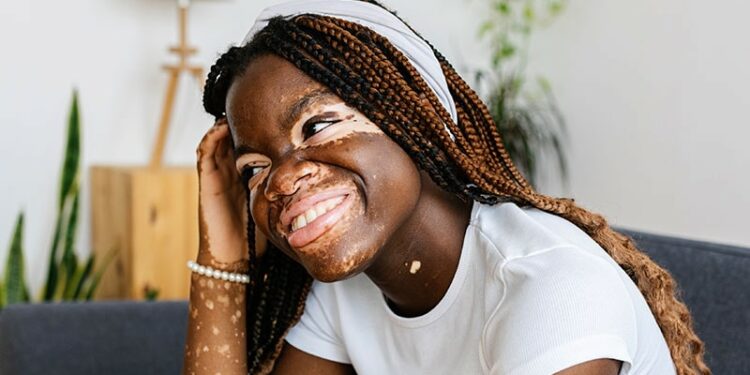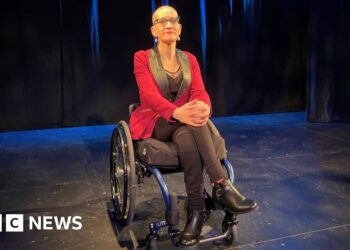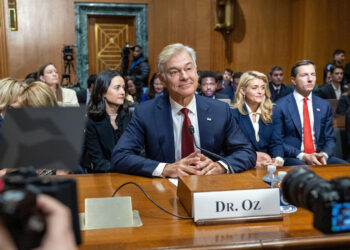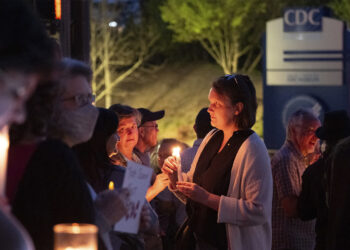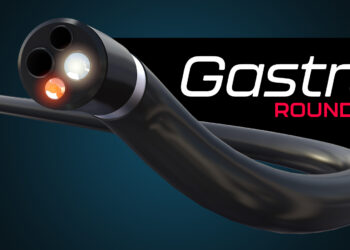In the clinical opinion of Lawrence F. Eichenfield, MD, pediatric patients with vitiligo would benefit from improved treatments and management strategies.
“There is a tremendous variation in how patients deal with their vitiligo, depending upon the extent and makeup of the pre-teen or teen,” Eichenfield, chief of pediatric and adolescent dermatology at Rady Children’s Hospital, San Diego, said at the annual Maui Derm Hawaii conference. “ If you’re under age 12, we don’t have any drug that is specifically indicated.”
A notable shift in progress occurred in 2022, with the Food and Drug Administration approval of the topical Janus kinase (JAK) inhibitor ruxolitinib 1.5% for patients with nonsegmental vitiligo aged 12 years and older. Today, he and other clinicians frequently consider this a first-line treatment option.
“My topical treatment pearl is ruxolitinib 1.5% cream b.i.d., within the indications of 10% BSA [body surface area] and 12 years of age and older,” said Eichenfield, one of the authors of a recent consensus statement on the use of topical therapeutics for vitiligo in children, adolescents, and young adults. “I would also offer natural sunlight exposure and discuss that we might consider more intensive light down the line, like UV-B,” he added.
Hand-held 311 nm UVB light therapy devices can also be helpful, he noted, especially when the vitiligo affects more than 10% of BSA. “These devices can be purchased online, typically ranging from $120 to $180,” he said. “I have used them successfully. However, caution is required, as burns can occur easily. There are ways to gradually increase the duration of light exposure. These therapies can be an important adjunct in helping to restore pigmentation.”
For patients younger than 12 years of age, Eichenfield uses either topical calcineurin inhibitors (TCIs) and/or topical corticosteroids, with TCIs being preferred for delicate areas such as facial skin. “On extremities, I might pulse dose with a class 2 topical corticosteroid on the weekends or three days a week, and a TCI during the other days,” he said.
According to the consensus statement, high-risk features that warrant aggressive treatment include poliosis, areas without hair follicles, confetti-like lesions, tri-colored vitiligo, early onset vitiligo with rapid spread, atopic dermatitis, and recent onset of comorbid autoimmune disease. “In the adult world, clinicians might say, if it’s that bad, go ahead and stabilize the disease with systemic corticosteroids,” Eichenfield said.
“Oral mini-pulse therapy with dexamethasone 4 mg daily on two consecutive days per week such as Saturday and Sunday is used in some centers,” he noted. The consensus statement recommends using half that dose in children under 16 years of age, he added.
Long Term Results With Topical Ruxolitinib
Data on long-term treatment with topical ruxolitinib is starting to emerge, but the most recent data suggests that the response is slow. “I may see patients back at four months [after starting topical ruxolitinib],” he said. “That’s a cheerleader visit: cheering them on to keep applying the medicine, because the success rate builds over time, and pretty much doubles between year 1 and 2 in the clinical trials.”
Currently, Eichenfield, who is also professor of dermatology and pediatrics at the University of California, San Diego, said that several oral JAK inhibitors are being developed for vitiligo and/or translated for use for patients with vitiligo, including oral povorcitinib, upadacitinib, and ritlecitinib.
A case series of 12 patients with vitiligo ages 3-16 year of age that sought to characterize the efficacy of 1.5% ruxolitinib cream for vitiligo found that repigmentation occurred in an average of 6.4 months, with 6 patients achieving complete remission and 1 achieving 70% repigmentation after a 3-month trial. The researchers concluded that early institution of topical 1.5% ruxolitinib cream promotes rapid onset of repigmentation and rapid clearance in both non-segmental vitiligo and in the first 6 months of segmental vitiligo.
In a larger analysis, researchers reviewed 11 published studies, seven case reports, three case series, and one non-randomized cohort of pediatric patients under and over 12 who were treated for vitiligo with JAK inhibitors. Topical ruxolitinib was the most common treatment (in 59% of cases), followed by oral and topical tofacitinib (2%), and oral upadacitinib in the remainder. Treatment with topical JAK inhibitors led to full repigmentation in 40.9% of cases, partial repigmentation in 45.5% of cases, and no repigmentation in the remaining 9.1% of cases. Outcomes were similar in patients younger than 12 years of age, compared with their older counterparts.
Eichenfield underscored the disease burden in children with vitiligo, especially in those with darker skin types. A single-center analysis of 327 Black pediatric patients with vitiligo and age-matched controls found that patients with vitiligo were significantly more likely to be diagnosed with depression (P P P = .013), generalized anxiety disorder (P substance abuse (P = .011), and suicidal ideation (P = .005).
“Across our population, there can be a significant stigma and negative impact of vitiligo,” he said.
Eichenfield disclosed being a speaker, consultant, and/or an investigator for Abbvie, Amgen, Bristol Myers Squibb, Incyte, and other pharmaceutical companies.
Source link : https://www.medscape.com/viewarticle/expert-highlights-updates-pediatric-vitiligo-care-2025a10001kk?src=rss
Author :
Publish date : 2025-01-22 19:09:31
Copyright for syndicated content belongs to the linked Source.

